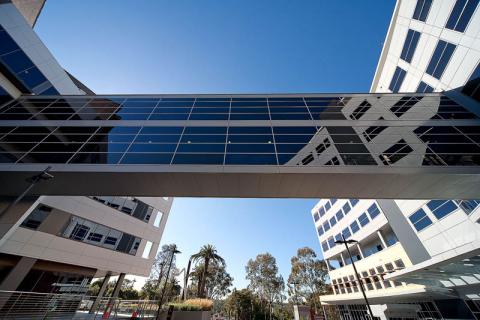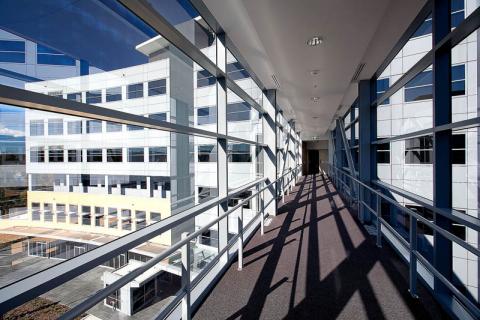Endoscopy
Gastroscopy
A gastroscopy is a procedure in which a thin flexible tube with a camera at its tip (endoscope) is inserted through the mouth to examine the lining of the oesophagus, stomach and first part of the small intestine. It also allows the specialist to obtain biopsies from these areas which are then sent-off for examination under a microscope. Instruments can be passed through the endoscope to treat many abnormalities with little or no discomfort.
Colonoscopy
A colonoscopy is a procedure used to examine the lining of the large bowel using a flexible tube with a camera at its tip (colonoscope). There are many reasons for having a colonoscopy including blood in the stool, family history of colon cancer, a low blood count, or a persistent change in your bowel habit. During a colonoscopy, polyps may be detected and removed so as to reduce your risk of developing bowel cancer. The specialist may obtain biopsies which are then sent-off for examination under a microscope. Instruments can also be passed through the colonoscope to treat many abnormalities with little or no discomfort.
ERCP
ERCP (endoscopic retrograde cholangio-pancreatography) is a procedure used to examine the bile duct and pancreatic duct (drainage tubes from the liver, gallbladder and pancreas). If abnormalities are found these can be treated at the same time. A flexible tube with a camera at its tip (duodenoscope) is inserted through your mouth into the first part of the small bowel. A small plastic tube is then inserted into the ducts and x-ray dye is injected to visualise your bile and/or pancreatic ducts. The muscle at the opening of your bile duct is often gently cut (sphincterotomy) so as to allow additional treatment such as removal of stones. A drainage tube (stent) may also be placed inside your bile duct / pancreatic duct as part of the procedure.
Video Capsule Endoscopy
Wireless video capsule endoscopy involves the use of a swallowed pill-shaped camera that passes through and therefore examines the entire length of the small intestine that is usually beyond the reach of routine gastroscopy and colonoscopy. As the pill-shaped camera passes through the gastrointestinal tract, the acquired images are wirelessly sent to a receiver carried by the patient. The data collected is then carefully examined and interpreted by a specialist.





